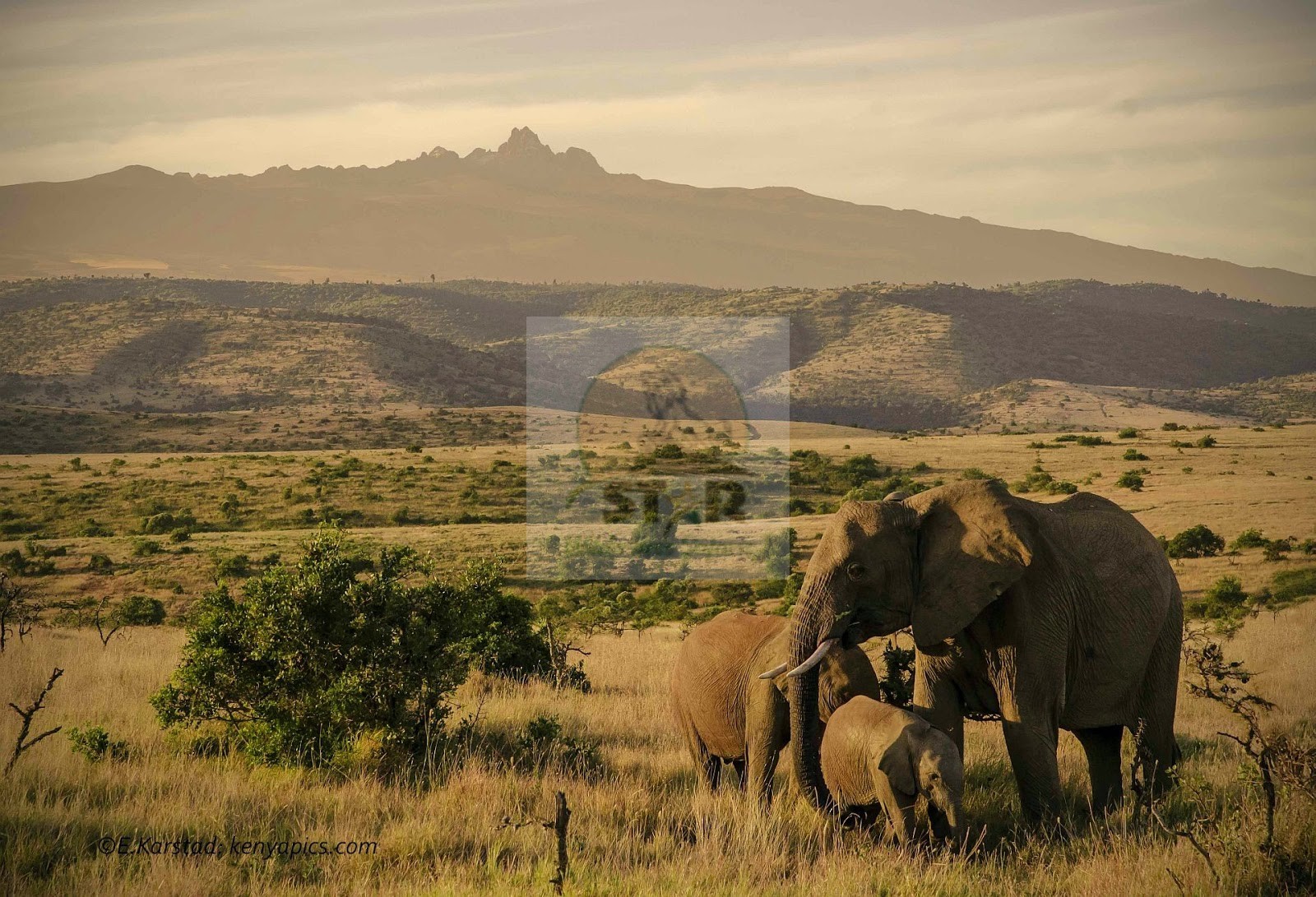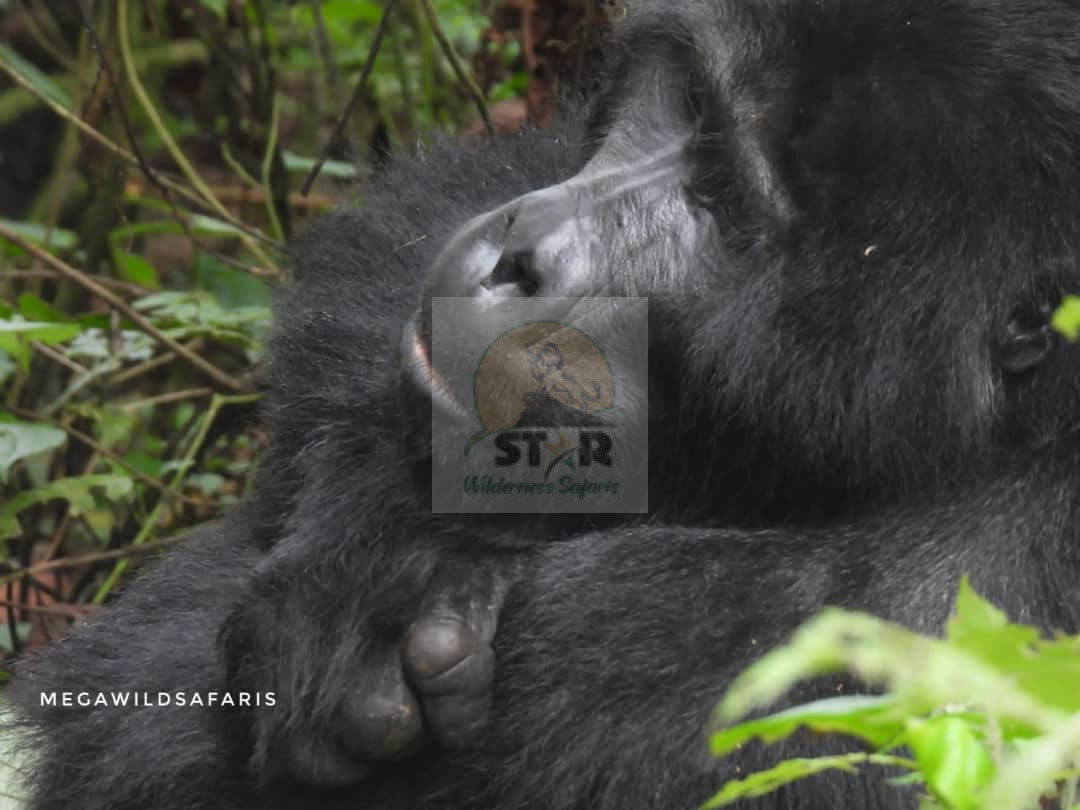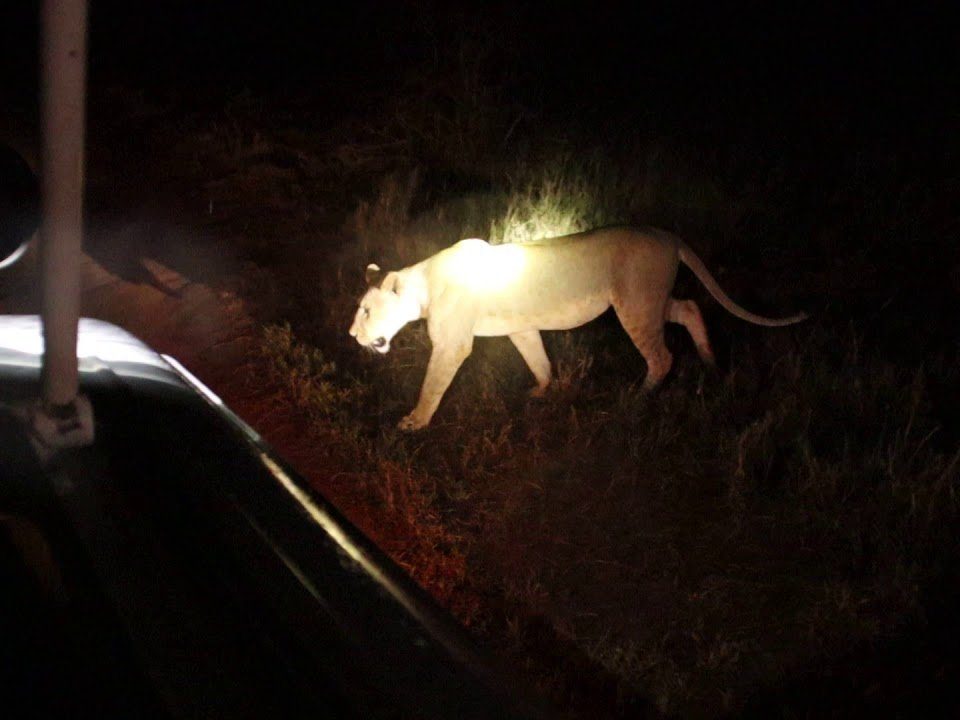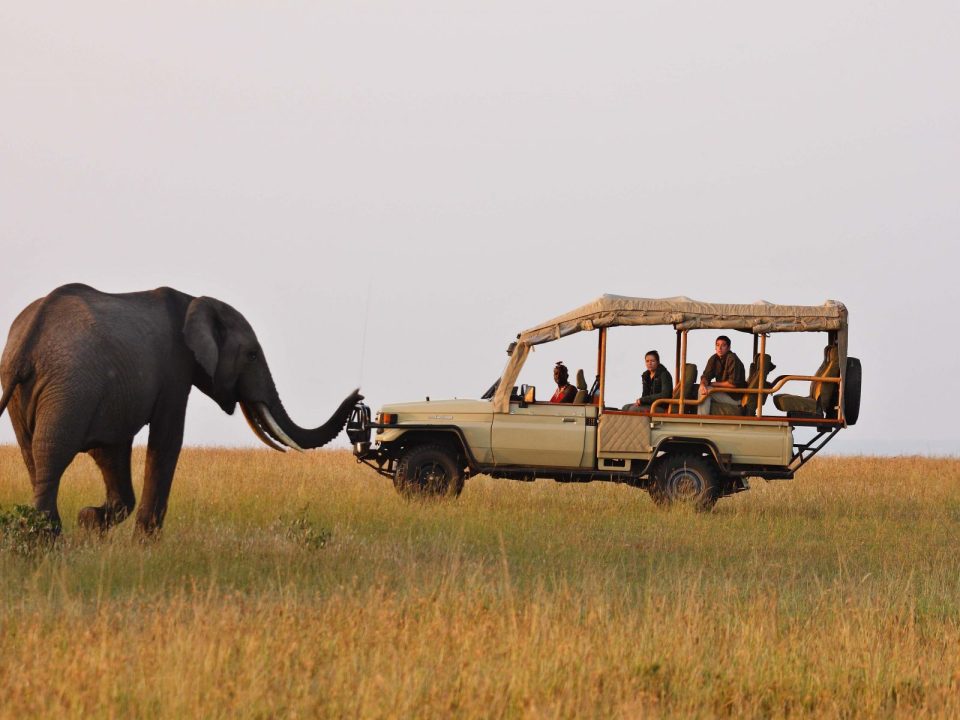
When to Visit East Africa for a Safari?
May 24, 2025
When to Go for Golden Monkey Habituation in Mgahinga Gorilla National Park?
May 24, 2025How do Mountain Gorillas Sleep?
Understanding the Sleep Behavior of Mountain Gorillas During Gorilla Trekking Safaris
If you’re planning a gorilla trekking safari with Star Wilderness Safaris, you might wonder: How do mountain gorillas sleep? Understanding the sleeping habits of these magnificent primates enriches the wildlife safari experience, offering a deeper connection to their daily lives in the forests of Uganda and Rwanda. Mountain gorillas, the primary focus of Gorilla Trekking Rwanda and Uganda Gorilla Trekking safaris, are renowned for their gentle behavior and close family bonds, but their sleeping patterns reveal fascinating aspects of their biology and social structure.
Mountain gorillas create intricate nests to sleep in each night, showcasing remarkable intelligence and adaptability. Observing their sleeping habits during gorilla tours or gorilla habituation experiences reveals how these creatures use their environment, maintain comfort, and ensure safety. For those on Uganda Gorilla Trekking or Rwanda Tours, learning about gorilla sleep enhances appreciation for these endangered species and highlights the importance of conservation efforts.
This article dives into the details of how mountain gorillas sleep, exploring their nest-building behaviors, daily routines, and how their sleep supports survival in the dense forests of East Africa. Additionally, we’ll touch on how this knowledge can deepen your gorilla trekking safari, chimpanzee tracking expeditions, and other wildlife safari activities, offering a richer, more immersive experience.
Nighttime Nest Building: The Art of Gorilla Sleep Preparation
One of the most captivating answers to “How do mountain gorillas sleep?” lies in their unique nest-building behavior. Unlike many primates, mountain gorillas do not sleep on the ground bare but create fresh nests every evening. Each gorilla crafts a comfortable bed using leaves, branches, and foliage, carefully woven together to provide cushioning and support. This nest-building is an essential part of their routine and reflects their adaptability and intelligence.
During Uganda Gorilla Trekking or Gorilla Trekking Rwanda safaris, visitors may witness the remnants of these nests or observe gorillas preparing for sleep during late afternoon treks. The nests are built either on the ground or occasionally in trees, especially for younger gorillas or when terrain conditions demand. Adult gorillas usually prefer ground nests, which provide stability and warmth, especially during colder seasons in Bwindi Impenetrable Forest or Volcanoes National Park.
This nest-building behavior plays a vital role in gorilla habituation experiences, as guides educate trekkers about how gorillas select materials, choose nest locations to avoid predators, and maintain hygiene by building new nests nightly. The ability of mountain gorillas to construct such nests each day contributes significantly to their health and well-being, making their sleep restful and safe amid dense forests.
The Sleep Cycle and Duration of Mountain Gorillas in Their Natural Habitat
When addressing “How do mountain gorillas sleep?” it’s essential to consider their sleep cycle and duration. Mountain gorillas generally sleep for about 10 to 12 hours each night, typically resting from early evening until dawn. This sleep pattern aligns with their diurnal lifestyle, where they are most active during daylight hours, engaging in foraging, socializing, and traveling.
The sleep cycle of gorillas is influenced by environmental factors such as weather, availability of food, and group dynamics. For example, in colder or wetter conditions, gorillas tend to build more insulated nests and might have slightly longer sleep durations to conserve energy. In contrast, during dry seasons or times of social activity, they may wake earlier or shift nest locations more frequently.
In the context of a gorilla trekking safari or gorilla habituation experience, understanding these cycles helps visitors plan their treks and anticipate gorilla behaviors. Many Uganda safari and Rwanda safari itineraries are designed to coincide with gorillas’ daytime activity and nest-building times, offering a chance to observe their transitions between rest and activity closely.
Gorilla Sleeping Positions and Social Behavior During Rest
Mountain gorillas exhibit fascinating sleeping positions that reflect their social bonds and individual comfort preferences, offering additional insight into the question, “How do mountain gorillas sleep?” Gorillas usually curl up in their nests, lying on their backs or sides, sometimes with limbs tucked close to conserve body heat. Young gorillas may sleep in close physical contact with their mothers or other family members, reinforcing social bonds and offering protection.
During gorilla tours and habituation experiences in Rwanda and Uganda, guides often point out these sleeping postures and the way family groups huddle together for warmth and security. The social aspect of sleeping among gorillas is a vital component of their survival strategy, enhancing group cohesion and emotional well-being.
For wildlife safari enthusiasts interested in chimpanzee tracking or other primate tours, observing gorilla sleeping positions provides a comparative look at primate behaviors. Unlike some other primates that sleep in trees regularly, mountain gorillas’ ground nesting and group sleeping behaviors illustrate their unique evolutionary adaptations.
The Role of Gorilla Sleep in Conservation and Eco-tourism
Exploring “How do mountain gorillas sleep?” also highlights the significance of gorilla conservation and the role eco-tourism plays in protecting these endangered primates. Gorilla trekking safaris and gorilla habituation experiences are carefully managed to minimize disturbance to gorillas’ natural routines, including their sleep. Strict rules about distance, noise levels, and group sizes ensure that gorillas can rest peacefully in their nests without stress.
The funds generated from Uganda Gorilla Trekking and Gorilla Trekking Rwanda safaris contribute directly to anti-poaching efforts, habitat protection, and community development projects. Conservation education during gorilla tours informs visitors about the fragile balance that supports gorilla survival, including the importance of preserving their sleeping habitats.
Star Wilderness Safaris advocates responsible wildlife safaris, encouraging travelers to respect gorilla behavior, including their sleep, and promoting sustainable tourism that benefits both wildlife and local communities. Understanding gorilla sleep cycles and nest-building practices enriches your safari experience while fostering a sense of stewardship for these extraordinary primates.
Combining Gorilla Sleep Insights with Chimpanzee Tracking and Cultural Experiences
While gorilla trekking safaris reveal much about how mountain gorillas sleep and live, combining these experiences with chimpanzee tracking and cultural visits enhances your overall wildlife safari adventure. Uganda safari and Rwanda safari itineraries often include chimpanzee tracking in Kibale Forest or Nyungwe Forest, where visitors observe equally fascinating primate behaviors, including chimpanzee nest-building and social rest.
Adding cultural experiences such as village visits with the Batwa pygmies in Uganda or traditional dance and craft tours in Rwanda brings an important human dimension to your safari. These interactions offer insights into how local communities coexist with primates and the role culture plays in conservation.
Star Wilderness Safaris recommends customized tours that combine gorilla trekking, chimpanzee tracking, and cultural immersion, giving travelers a rich, multifaceted experience. Learning how mountain gorillas sleep is just one part of the larger story of primate ecology and human interaction in East Africa, making your safari both educational and deeply memorable.
Conclusion: Why Understanding How Mountain Gorillas Sleep Enriches Your Gorilla Trekking Safari
In conclusion, the question “How do mountain gorillas sleep?” opens a window into the complex, intelligent behaviors of these gentle giants. Their nightly nest-building, sleep cycles, and social sleeping habits are vital for their survival and offer profound insights during gorilla trekking safaris and gorilla habituation experiences in Uganda and Rwanda.
Understanding these behaviors not only enhances your appreciation for the gorillas you encounter on Uganda Gorilla Trekking or Gorilla Trekking Rwanda tours but also reinforces the importance of responsible and sustainable wildlife tourism. Combined with chimpanzee tracking, wildlife safari adventures, and cultural experiences, knowledge of gorilla sleep contributes to a holistic and unforgettable East African safari.
Star Wilderness Safaris invites you to discover these incredible primates and their sleeping habits firsthand on expertly guided tours designed to bring you close to nature while safeguarding its future. Book your next gorilla trekking safari today and experience the magic of mountain gorillas in their natural habitat.




